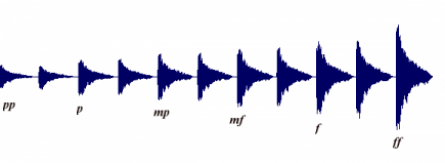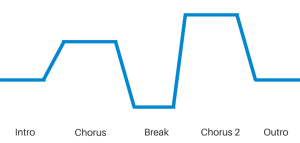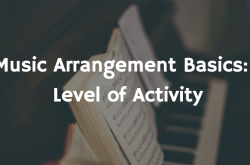In this six week series on arranging, I aim to help break down arrangement to six simple elements that I hope you can apply to your productions. These blogposts are meant to be short, simple and easy to digest with an average reading time of five minutes or less for the average producer who has not had any formal music education.
Here are the topics that we are going to cover over the next 6 weeks:
Dynamics
1. What is Dynamics?

- To put it simply, dynamics means how loud or soft a piece of music is.
- In classical music, composers would use Italian terms to mark different dynamic levels.
- Terms such as piano (p) means to play a phrase / section, softly or forte (f) means to play loudly.
2. What does this mean in music arrangement?
- Dynamics is a form of expression and you can use it in various musical forms. You can plan out a dynamic structure for the length of your song or even dynamic structure for a specific instrument.
- Most pop / electronic music out there do not have much dynamics. That means, the loudest and softest part of the song are almost negligible. This is not ideal as your ears actually perceive music better when there’s a certain level of dynamic activity. What is worth noting is that a more dynamic mix would sound better on streaming platforms.
- Dynamics help tell your musical story. The ebb and flow of a dynamic music piece aid with conveying emotions in a song.
3. Practical Applications

- Use dynamics to create tension and release. A typical example of dynamics is that you start your intro soft, slowly build dynamics through the verse, thus creating some tension, and release the loudest part of your song at the chorus. The larger the dynamic jumps between sections, the more of a dynamic range you’ll have.
- Make your MIDI drums more realistic by programming actual dynamics into the playing. You can vary the velocity of your hi-hat patterns to emulate how an actual drummer would play, or even change the velocity settings on the snare drums from soft to loud between verse and chorus to create a dynamic shift.
Explore royalty-free sounds from leading artists, producers, and sound designers:
April 25, 2016



